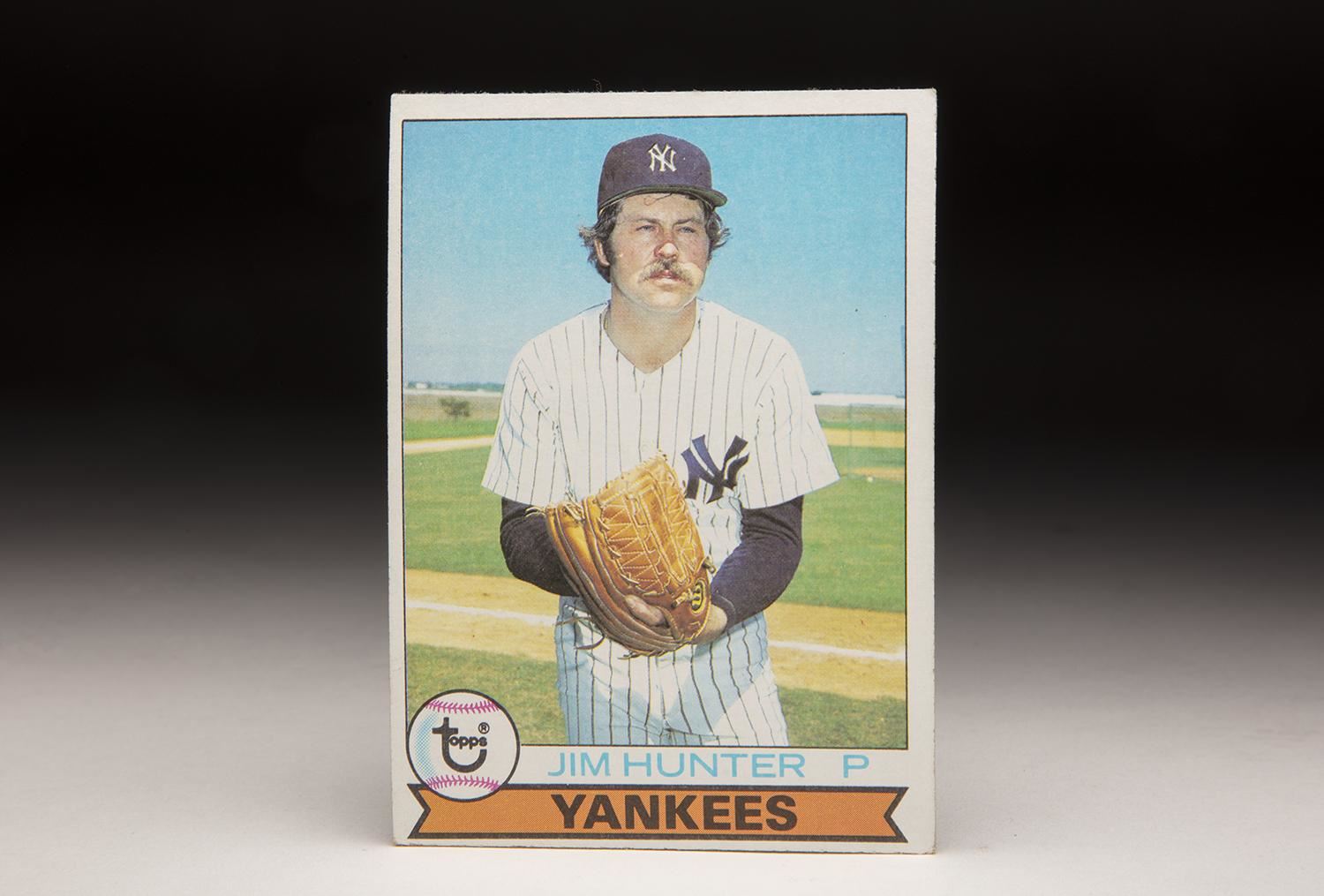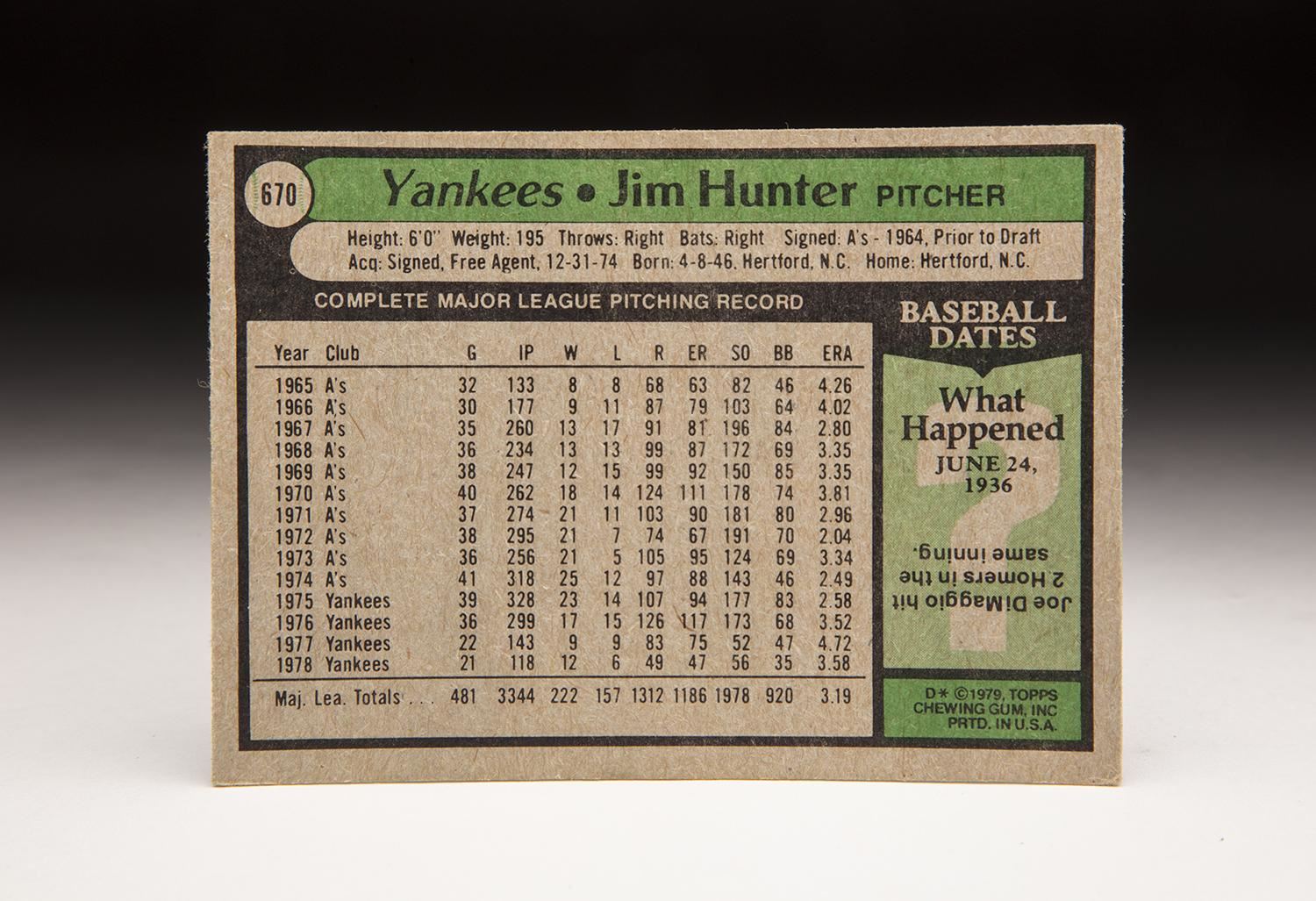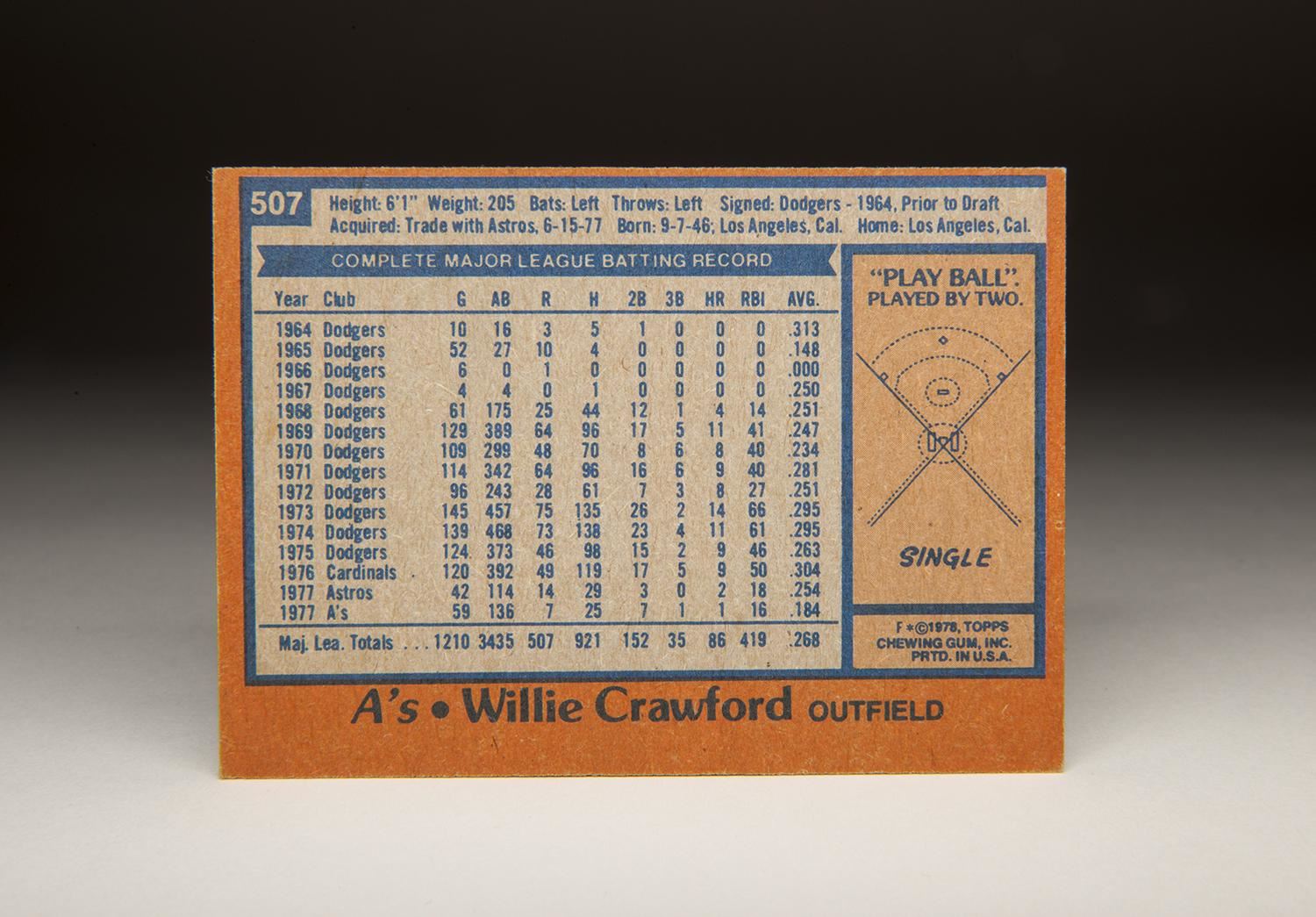Collecting.
Whether we’re professional curators or not, we all do it. Some people collect art or stamps, and sometimes even more eclectic items, while other’s curatorial pursuits find them invested in America’s favorite pastime: baseball.
At the National Baseball Hall of Fame and Museum in Cooperstown, NY, the hobbyist will mesh with the curator in the Hall of Fame’s upcoming exhibition, Shoebox Treasures, opening next spring. Shoebox Treasures will take a deeper exploratory dive into the hobby of collecting baseball cards, examining the history, tradition, and design evolution of cards.

The National Baseball Hall of Fame on opening weekend, 1939.
Why baseball cards? Besides the more obvious answer (it is the National Baseball Hall of Fame and Museum, after all) Erik Strohl, Vice President of Exhibitions and Collections at the Hall of Fame, says there are multiple facets to approaching this question. “Baseball cards are a way that many fans connect with the game, especially since it’s something they may have started doing when they were kids,” Strohl says. “It’s something that’s accessible.”
While the Hall of Fame has had exhibits devoted to baseball cards in the past, Strohl, who has been with the Hall of Fame for 20 years, says none of them offered an interpretation of the practice of card collecting like Shoebox Treasures will. Even after the public outcry that followed the closure of the previous baseball card exhibit, Strohl says the Hall of Fame was in no rush to put something back up on display. “We wanted to do it the right way,” he says.
Shoebox Treasures will explore the history of baseball cards, but with a twist. They’ll be approaching their interpretation from a variety of standpoints – collectors, producers, and players – while also using innovative new technologies to showcase the Hall of Fame’s collection of 140,000 baseball cards.


Jim "Catfish" Hunter's Topps card (Milo Stewart Jr./National Baseball Hall of Fame and Museum).
Strohl says he and the rest of the Hall of Fame staff are excited to be incorporating displays and technology in Shoebox Treasures. The exhibit will be implementing new tools of conservation in their baseball card display. The cards will be kept in drawers that visitors will be able to pull out to view an entire panel of cards, which Strohl says will reduce the square footage of the exhibit while also allowing them to show more cards in less space.
The exhibit, which is slated to open next spring, will also feature the Hall of Fame’s “Holy Grail” cards – the rarest and most sought-after cards in the collection – in a way that their exposure to light will be cut down significantly. “This is some cutting-edge stuff that we haven’t done anything with,” Strohl says. “It’s always fun to incorporate something new in the fabrication part of the exhibit that’s going to show the benefits to the visiting public.”
Ken Meifert, Vice President of Sponsorship and Development at the Hall of Fame, says that baseball cards have a much deeper story than one could imagine. “It’s not just about the piece of cardboard,” he says. “I think there’s a lot of stories that can be told, and a lot of different ways that people can engage with the card exhibit beyond the idea of having a pack of cards with a rubber band around them.”
.jpg)

Willie Crawford's Topps card (Milo Stewart Jr./National Baseball Hall of Fame and Museum).
The duality of collecting as being both hobby- and museum-based is one of the main themes of Shoebox Treasures. Initially, the Hall of Fame had planned to examine the relationship between hobbyists, investors, and collectors, but soon realized that there was less of a distinction than they had thought at first. While there are investors and collectors out there who are savvy when it comes to investing in the rarest and most expensive cards, both Meifert and Strohl say they’re all hobbyists at heart.
“What we’re exploring historically, which is the history of card collecting, you started off with hobbyists,” Strohl says, going on to explain how some hobbyists evolved into investors and collectors as the market for baseball cards grew. “People are still thinking about value, but they wouldn’t be doing this if they weren’t hobbyists and if they didn’t love it. We found less and less of a distinction from where we’d thought about it.”
Meifert agrees. “What we’ve come to realize as we’ve spent more time with guys who are buying multimillion dollar single cards and folks who are buying 25 cent common cards, the only thing that’s really different is the number of zeroes to the left of the decimal point,” he says. “The passion in their approach is similar, it’s just a matter of value.”
Meifert has been handling the Hall of Fame’s fundraising efforts for Shoebox Treasures since the exhibit’s proposal was accepted in January. The proposal estimated that the total budget for the exhibit would be $800,000; in the five months since the Hall of Fame started fundraising, that goal has been surpassed by 10 percent.
“The response has just been overwhelming,” he says, adding that he’s seen a significant increase in the number of donors adding personal messages to their contributions. “I’ve seen tons of notes from people talking about their favorite cards or wanting to tell us what they’re favorite set is, or what era they’ve collected. [It’s] another indicator that we’re really touching something that means something to people, and that’s pretty cool.”
Learn more about Shoebox Treasures here.
Words by Sarah Heikkinen. Photos courtesy of the National Baseball Hall of Fame and Museum.
